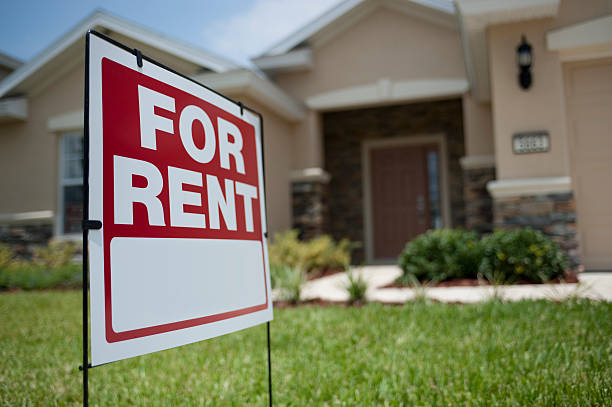The majority of the scientific studies show that the efficiency of energy use is linked with the value of transactions; however, it needs to be clarified in what way appraisals of property take into account this. We analyze external assessments of rental properties from international appraisal firms from England and the Netherlands in two separate waves and keep the sample of appraised homes the same throughout these two waves. We observe a significant variation in the conduct of external appraisers to the property. In England, energy performance did affect assessed values in 2012. Still, the estimation results in 2015 reveal a substantial decrease in estimated values of Dand as well as when compared to C-labeled homes. In the Netherlands, We did not find a significant correlation between the efficiency of energy and assessed values in 2010. However, in 2015, we observed that higher efficiency in energy usage leads to higher valuations from the outside.
Introduction
The built environment is crucial in achieving the climate goals of the Paris Climate Agreement 2015. These goals were recently reiterated at COP23 at Bonn. In the European Union (EU), 25.4 percent of the total energy consumption is in homes, comparable to the percentages in other countries with developed countries. Footnote1 In the end, governments are encouraging measures to improve building energy efficiency. Within the European Union, the Commission has implemented various steps in this regard in the past decades, all aimed at increasing energy efficiency in structures. Furthermore, member states have strategies to reduce energy demand in buildings, particularly for housing.
The rental housing sector is a critical factor in decreasing energy use. The rental market accounts for 30 percent of all EU housing inventory. Within this market, affordable housing enjoys an enormous market part. For countries like the Netherlands, Austria, Sweden, and the United Kingdom, affordable housing makes up a large portion of the stock housing. Twenty-eight%, 22%, 20%, and 18%, respectively. In many countries, it is the most popular type for rental homes (Whitehead & Scanlon, 2007). However, despite its importance, research on the economic impact of energy efficiency in this particular housing market segment is scarce.
In deciding on rental housing providers, regardless of whether they are affordable, the most crucial factor to consider is how they can finance investment in their properties’ energy and environmental performance. If a higher energy efficiency results in higher rents or asset values leading to a more excellent security value, organizations lending to landlords in the rental sector can incorporate this information into their lending practices and provide the necessary financing to finance these investments.
The initial studies on this topic were focused on commercial real estate However, there is an increasing body of research offering guidelines on the relationship between the energy efficiency of dwellings and economic performance, discovering consistently higher transaction prices fas,ter transaction processing, and more rent for energy efficient houses, with the extent of the impact varies based on the degree of energy efficiency (examples are Brounen as well as Kok 2011. Hyland and co. 2013; Feige et al., 2013; Cerin et al., 2014).Footnote2 Chegut et al. (2016) demonstrate that this is the case with affordable homes that are sold on the housing market for private buyers.
However, it needs to be determined if and how appraisers of professional properties consider energy efficiency in their valuation. Inadvertently omitting this information from the valuation could obstruct expanding energy efficiency in rental properties. The result could be a need for more investment in energy efficiency improvements if landlords cannot obtain additional funding. For long-term investors, the financing mechanism is crucial to permitting investment, particularly when rent increases or transaction costs are not an effective way to transfer the returns from energy efficiency investments. Second-order effects are essential when financial institutions use appraisers to determine risk in assets. When appraisers can evaluate decreased risks associated with energy efficiency investment, Financial institutions can better assess funding availability and the costs for borrowers.
While the literature in the subject field shows consistently more excellent market value and higher rents for energy-efficient (rental) residences, the research is relatively new, and its evaluation practices have not yet been adjusted to reflect this new consensus. The principal purpose of this study is to provide more information on the issue by examining the extent to which energy efficiency is considered in the external valuations of affordable homes and whether appraisers of professional caliber have modified their valuation techniques to accommodate the growing scientific consensus on this subject.
